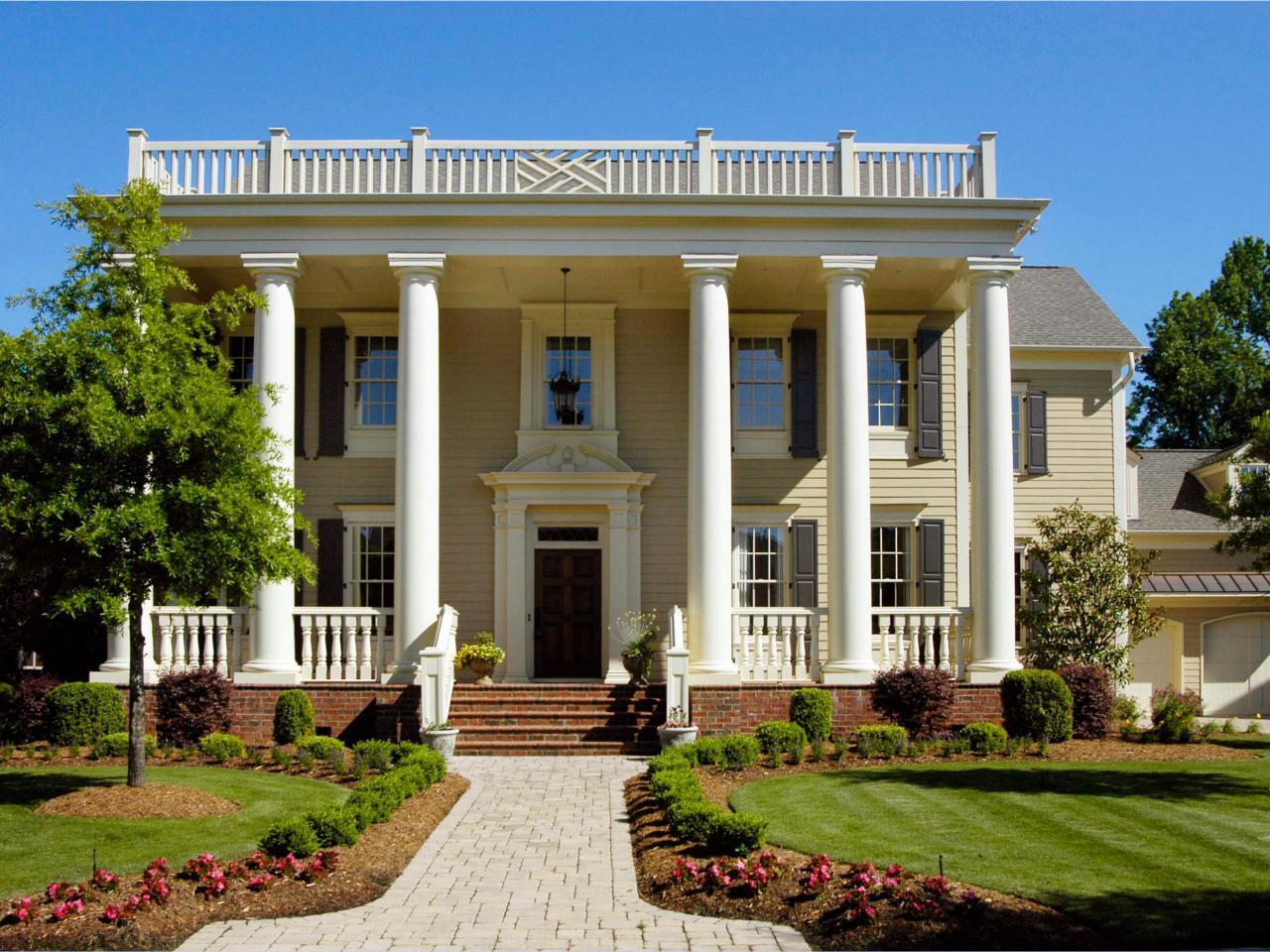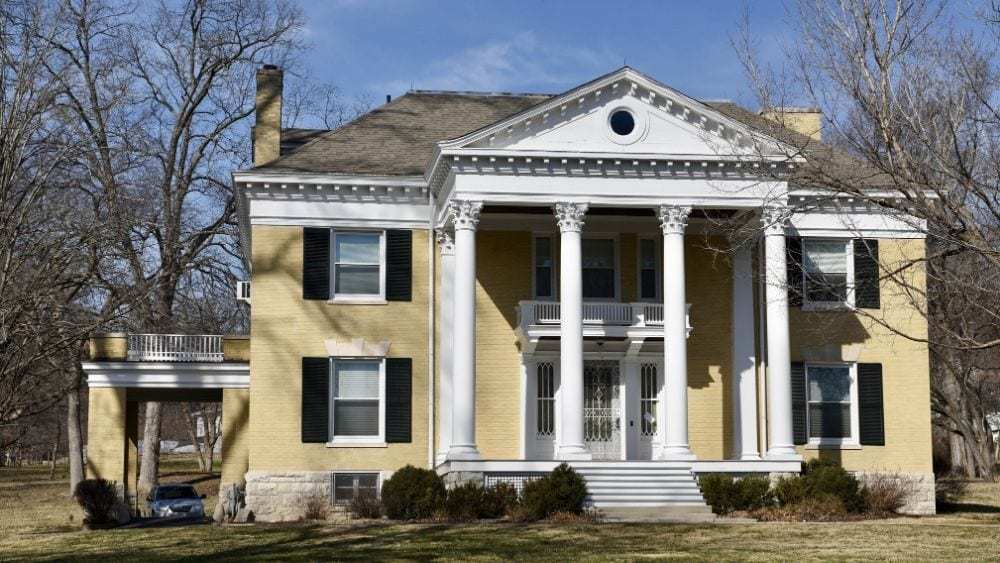Do You Know About Greek Revival Architecture?
Greek Revival is a style of architecture propelled by the evenness, extent, effortlessness, and polish of the old Greek sanctuaries of fifth century B.C. In the United States, Greek Revival arrived at top fame from 1825 to 1860, which was the beginning of the Civil War. It turned into the main predominant national style of architecture in the U.S. as it spread from the East Coast the nation over toward the West Coast.
History of Greek Revival Architecture

English planner James "Athenian" Stuart is said to have been the first to acquaint Greek Revival with Britain. Taken by the old style magnificence of the architecture he found on a 1758 outing to Greece, Stuart recorded his revelations and distributed Antiquities of Athens in 1762, delivering the world's first reference book enumerating Classical Greek architecture. While Stuart kicked the bucket in 1788 preceding it turned into an all out pattern in England and Europe during the 1820s and 30s, he is broadly attributed with assisting with spreading the Greek Revival style outside of its nation of starting point.
In any case, it was in America that Greek Revival would completely sprout. As another majority rules system, nineteenth century Americans were roused by the origin of popular government and by Greek culture, workmanship, and theory and the entirety of the imagery and implying that it held for a country amidst characterizing itself. Americans started to dismiss the Federal style with its British impacts and looked for an American style with true blue vote based roots. The Greek War of Independence (1821-1832) was another exciting power urging Americans to grasp the estimations of a nation that had made majority rule government and was battling for its freedom from the Ottoman Empire.
A twofold exhibition house in the Garden District of New Orleans.
Thus with old Greece as its dream, everything old turned out to be new again as American engineers and developers started to manufacture Greek Revival as a prevailing national style the nation over, leaving state legislative center structures, banks, New England temples, urban line houses, galleried cabins, and southern ranch houses afterward.
One reason the style had the option to spread so rapidly in a time when most engineers and manufacturers went about as their own designers (an extravagance despite everything saved for the well off at that point) was the presence of structural example books, for example, "The American Builder's Companion" by Asher Benjamin, John Haviland's "The Builder's Assistant," and "The Beauties of Modern Architecture" by Minard Lafever that permitted designer/developers of an opportunity to duplicate Greek Revival components in incredible numbers.
Greek Revival architecture in Washington Square Park in NYC.
As Greek Revival thrived and spread over the U.S., it was adjusted to nearby tastes, building materials, and styles, bringing about American provincial minor departure from the style, for example, the galleried one-story cabins and twofold galleried Greek Revival townhouses of New Orleans or the block Greek Revival structures and milestone Colonnade Row townhouses (1832-33) on Lafayette Street in Manhattan, which are accepted to have been worked by draftsman and organizer Andrew Jackson Davis, who is generally credited for acquainting the Greek Revival style with New York.
Qualities of Greek Revival Architecture

Outside Characteristics
- Greek sanctuary style façade with intense round, square or even octagonal sections in wood or plaster
- Painted white segments to imitate the marble utilized in old Greece
- Building rendered in wood, plaster, block or brownstone
- Doric, Ionic, or Corinthian subtleties
- Delicately inclining rooftops with peak fronts
- Expand entryway encompasses
- Entablatures trim among rooftop and segments
- Pilasters
- Entryway patio or secured colonnade passageways
- Greek Revival town hall with American banners.
Inside Characteristics
- Basic, genuinely open formats
- Effortless extents
- Tall parlor floor windows and entryways
- Lavish plasterwork roofs
- Plain mortar dividers
- Wide board floors
- Lavish roof shelves frequently produced using light dim or progressively costly dark and gold marble
- Little Greek Revival house in New Orleans.
Though the neoclassical architecture of the eighteenth and nineteenth hundreds of years was motivated by the traditional architecture of Greek sanctuaries and the strict, military, and city architecture of the Roman Empire, neoclassical architecture will in general spotlight extensively on the whole volume of a structure, while Greek Revival is characterized by the utilization of old style components.
Intriguing Facts About Greek Revival Architecture
One of the mark components of Greek Revival architecture is its forcing and effectively recognizable painted white segments roused by white marble utilized in the sanctuaries of antiquated Greece, for example, the Parthenon. Unexpectedly, the white marble of these old structures was initially painted in essential hues, and didn't look like the white-washed sections that British draftsman James Stuart recorded on his movements in the mid eighteenth century and that came to characterize the style right up 'til the present time. In the U.S., sections are normally produced using increasingly open materials, for example, wood or plaster and painted white, now and again with brightening painting procedures to impersonate marble.
Greek Revival architecture was gone before by the neoclassical Federal Style of which The White House (worked in 1792-1800) is a prime model, including subtleties motivated by traditional Greek Ionic architecture. Greek Revival was trailed by the Italianate style, and numerous transitional structures are a blend of traditional revival that join components of these three styles.
